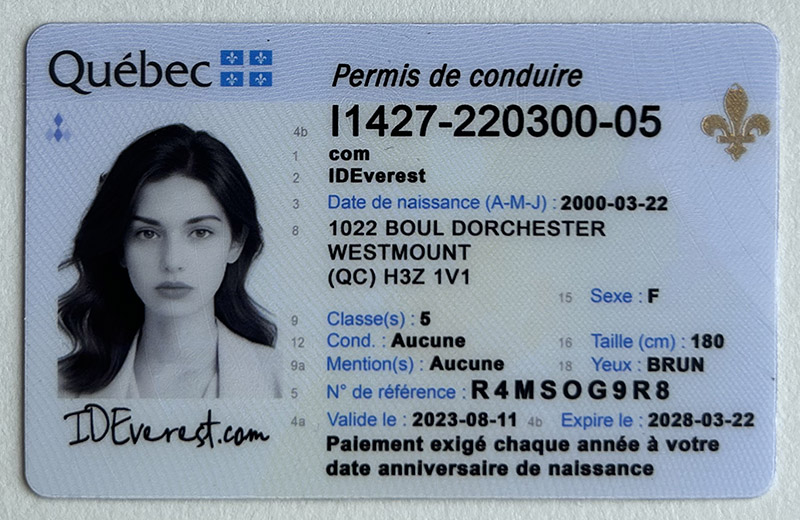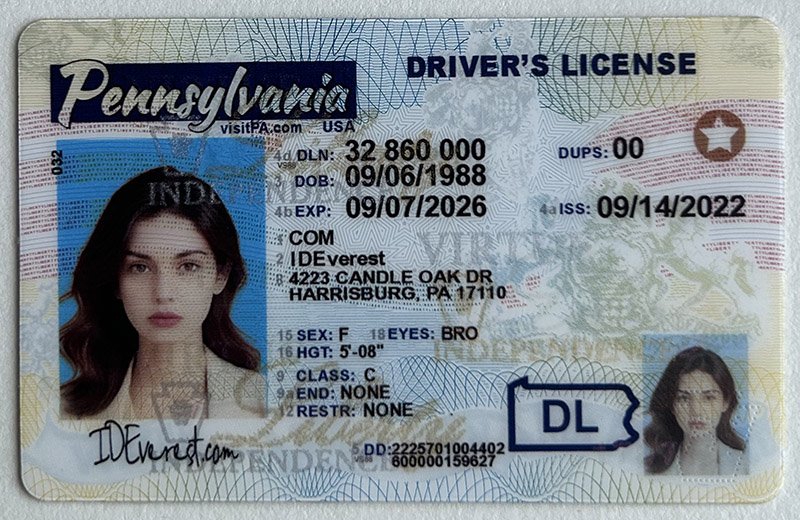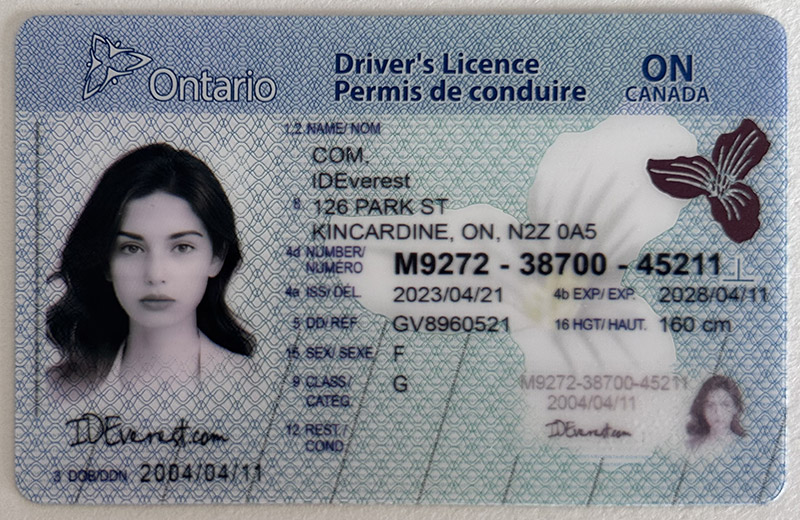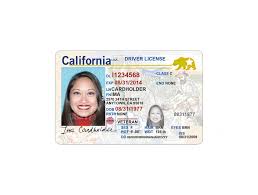The Emergence of Fake IDs in the United States: An In-depth Analysis
The Emergence of Fake IDs in the United States: An In-depth Analysis
Introduction
Fake IDs (commonly known as fake IDs) have become a fascinating aspect of youth culture in the United States. Their existence provides a glimpse into the adventurous spirit of young people in the complex social lives they lead. By exploring the social, economic, and technological factors that contribute to the allure of fake IDs, we uncover a vibrant story full of ambition, rebellion, and the pursuit of connection.
Social Context
Imagine this: a bustling bar scene, laughter echoing, music pulsating, and a group of young friends gathered at the door, eagerly showing their fake Florida IDs. For many, a fake ID is more than just a symbol of being able to drink; it represents a rite of passage—a badge of honor in the pursuit of freedom and adulthood. With the legal drinking age in many states at 21, it’s no wonder that countless young people feel irresistible to participate in the adult world.




Against this backdrop, fake IDs become a pathway to friendship and adventure. They allow young people to break free from the constraints of adolescence and embrace the thrills of nightlife. The desire to explore new places, dance until dawn, and create lasting memories with friends is a powerful motivator. Possessing a fake ID can elevate one’s status among peers, making it a coveted asset for those eager to embrace life’s possibilities. The thrill of evading bouncers and stepping into a world of music, laughter, and new friends is a compelling story that many young people try to write for themselves.
In addition, the thrill of using a fake ID can enhance a sense of accomplishment and rebellion against the rules that govern their lives. This spirit of rebellion, combined with the intoxicating allure of the adult world, makes a nightlife excursion an exhilarating experience. Young people often find themselves at the crossroads of responsibility and desire, and fake IDs offer a way to navigate this complex terrain.
Economic Factors
The economic situation plays a major role in the popularity of scannable IDs in Texas. As young people face rising costs of living and limited employment opportunities, many are looking for ways to improve their social lives without spending a fortune. Minimum wage jobs often leave little room for the fun and adventure that young people crave. From this perspective, fake IDs are not only a means of gaining information, but also a creative solution to enjoying the rich experiences that life has to offer.




Imagine a group of friends looking to celebrate a milestone birthday. The cost of renting a venue or organizing an event can be prohibitive, especially for college students on a tight budget. In this case, a fake ID can open the door to a local bar or club where they can celebrate without the financial stress of a private event. This illustrates how fake IDs can enhance social experiences and allow young people to enjoy moments that they would not otherwise be able to enjoy.
To meet this demand, a black market for fake IDs has flourished, with skilled artisans creating high-quality imitations that rival the real thing. These master forgers, like artists, use their talents to satisfy the desires of a generation hungry for adventure. The relatively low cost of obtaining a fake ID compared to the priceless memories of a night out makes it an enticing option for many.
Additionally, the rise of online marketplaces has facilitated the accessibility of vendors selling fake IDs, allowing people to easily navigate their social worlds. The anonymity of the internet adds an extra layer of excitement as individuals can explore their options without the constraints of traditional channels. This easily accessible experience is a testament to the advent of the digital age, where information and resources are only a click away.
Technological Advancements
As technology evolves, so too does the world of fake IDs in North Carolina. Advances in printing and graphic design have made the creation of fake IDs a sophisticated craft. High-resolution printers, laminators, and graphic design software can produce stunningly realistic IDs that blur the line between real and fake. It’s a modern cat-and-mouse game where creativity knows no bounds.
The technology used to create fake IDs has become so advanced that many are virtually indistinguishable from the real thing. This level of sophistication not only piques the interest of the makers, but also reflects the innovative spirit of young people pushing boundaries in pursuit of their dreams.
On the other hand, businesses are adapting to this dynamic landscape. Many establishments have adopted advanced ID scanning systems that ensure that the authenticity of IDs can be verified in real time. This not only improves security, but also promotes a culture of responsible entertainment for patrons, creating a more relaxed atmosphere where everyone can have fun without worrying about anything.




Ethical Implications
The advent of fake IDs in California has sparked interesting ethical discussions. For many young people, using fake IDs is a way to enhance their social experiences and assert their independence. It reflects a desire to explore the boundaries of social norms while also celebrating the exuberance of youth.




In many cases, fake IDs represent a broader commentary on the age limits imposed by society. Young people often struggle with their desire to participate in adult experiences, and the existence of fake IDs provides a means to challenge these limitations. This perspective sparks conversations about the relevance of age-related laws and the need for a more flexible approach to youth autonomy.
Conclusion
The emergence of fake IDs in the United States is a colorful tapestry woven with social, economic, and technological threads. They embody the adventurous spirit of youth, which is driven by a quest for freedom and acceptance and a desire for memorable experiences. As we delve deeper into this fascinating phenomenon, we can appreciate the creativity and resilience of young people as they explore social environments.
The story of fake IDs is ultimately a testament to young people’s enduring pursuit of connection, exploration, and joy—a reminder that the journey to adulthood is often filled with adventure, challenges, and unforgettable memories.
 Scannable Fake Quebec Driver's
Scannable Fake Quebec Driver's
 Scannable Fake Pennsylvania Dr
Scannable Fake Pennsylvania Dr
 Scannable Fake Ontario Driver'
Scannable Fake Ontario Driver'
 scannable Fake NorthCarolina D
scannable Fake NorthCarolina D